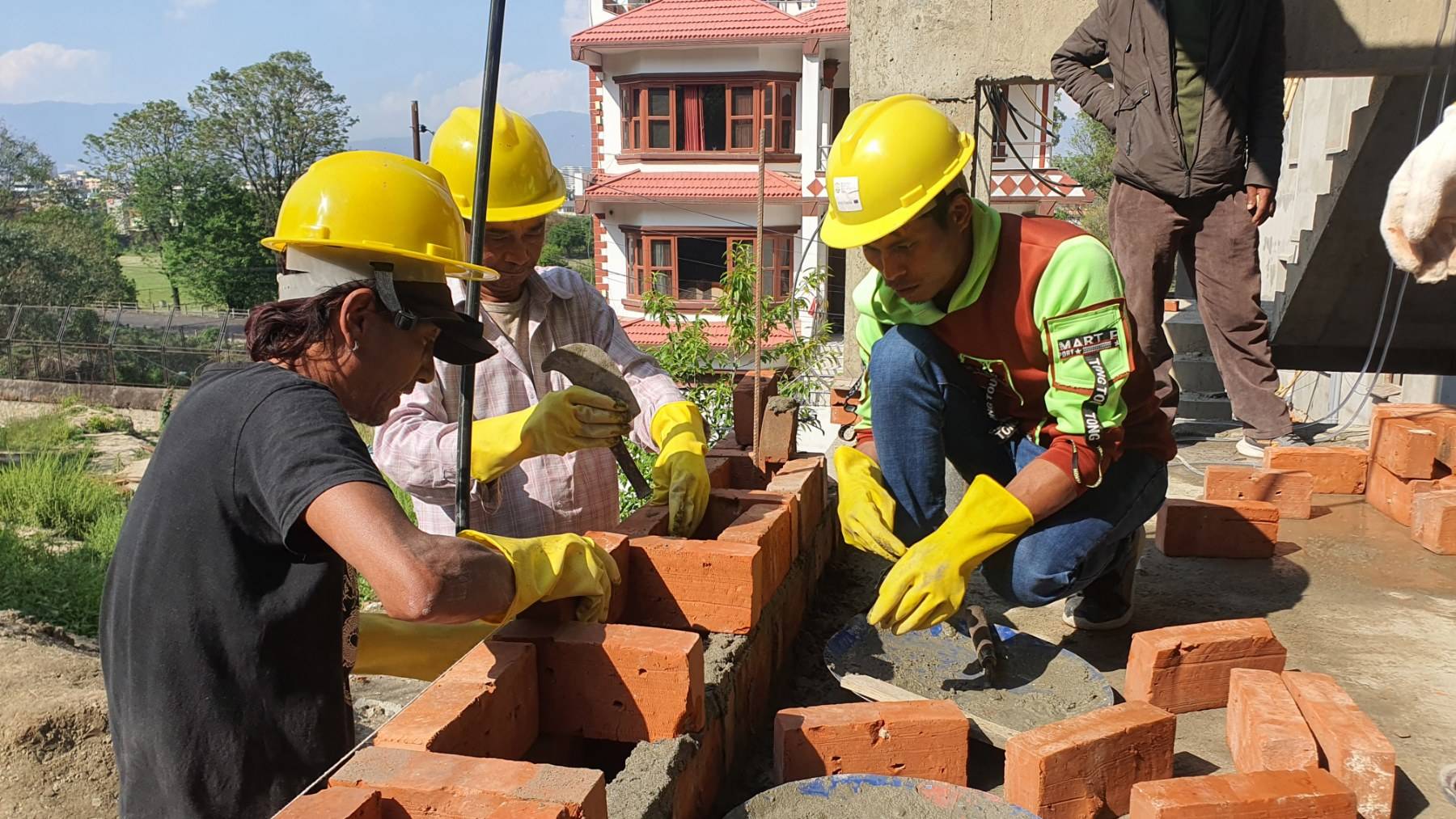Building Better: Innovative Techniques Revolutionizing the Construction Industry
The construction industry is undergoing a profound transformation driven by innovation and technological advancement. From groundbreaking materials to cutting-edge techniques, a wave of innovation is revolutionizing traditional construction practices and reshaping the built environment. In this blog, we explore the latest advancements and innovative techniques that are propelling the construction industry forward, paving the way for smarter, more efficient, and sustainable building solutions.
Advanced Materials:
One of the most significant drivers of innovation in construction is the development of advanced materials that offer enhanced performance, durability, and sustainability. From high-strength concrete and engineered timber to carbon fiber composites and self-healing materials, the use of advanced materials is revolutionizing the way buildings are designed and constructed. These materials not only improve structural integrity and resilience but also enable architects and engineers to push the boundaries of design, creating structures that are lighter, stronger, and more environmentally friendly.
Prefabrication and Modular Construction:
Prefabrication and modular construction techniques are transforming the construction process by shifting work from traditional on-site construction sites to off-site manufacturing facilities. By prefabricating building components in a controlled factory environment, construction projects can benefit from increased efficiency, reduced waste, and accelerated project timelines. Modular construction, in particular, allows for greater flexibility and scalability, enabling the rapid assembly of modular units into fully functional buildings. This approach not only speeds up construction but also enhances quality control and reduces costs, making it an increasingly popular choice for a wide range of building projects.
Digital Technologies:
Digital technologies, such as Building Information Modeling (BIM), augmented reality (AR), and drones, are revolutionizing how construction projects are planned, designed, and executed. BIM software allows for the creation of detailed 3D models that provide stakeholders with a comprehensive view of the project, facilitating better collaboration and decision-making throughout the construction process. AR technology enables architects and contractors to visualize designs in real-world settings, identify potential conflicts, and streamline construction workflows. Drones are being used for aerial surveys, site inspections, and progress monitoring, providing valuable data and insights that improve project efficiency and safety.
Sustainable Design and Construction:
With growing awareness of environmental issues and the need for sustainable development, the construction industry is embracing green building practices and sustainable design principles. From energy-efficient building systems and passive design strategies to renewable energy sources and green building certifications, sustainability is becoming an integral part of the construction process. By incorporating sustainable materials and practices into construction projects, builders can reduce environmental impact, lower operating costs, and create healthier, more comfortable spaces for occupants.
In conclusion, the construction industry is undergoing a period of unprecedented innovation and transformation, driven by advanced materials, prefabrication techniques, digital technologies, and sustainable practices. These innovations are not only improving the efficiency and quality of construction projects but also enabling architects, engineers, and builders to push the boundaries of creativity and sustainability. As the industry continues to evolve, embracing these innovative techniques is essential for building better and creating a more resilient, sustainable, and inclusive built environment for future generations.
